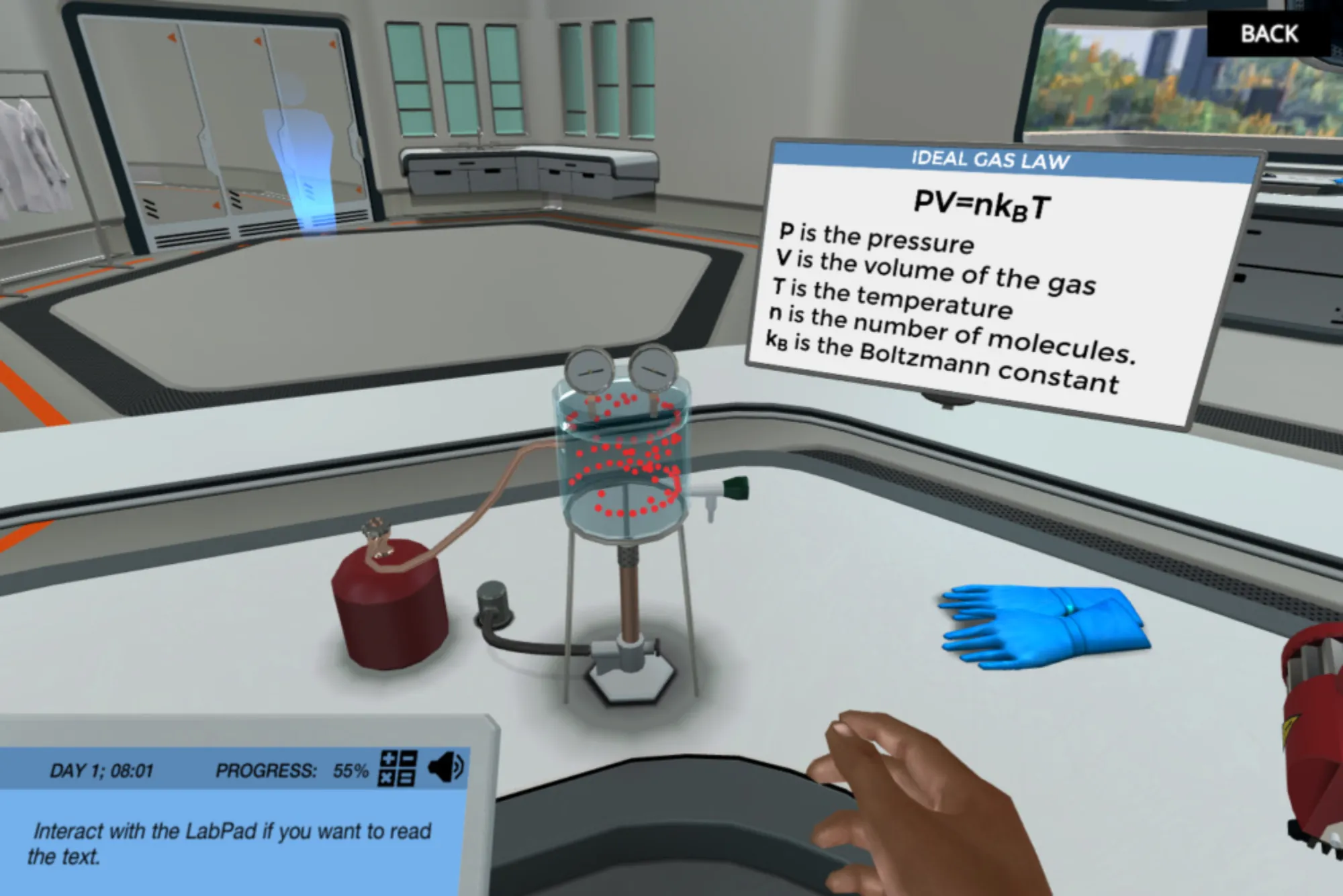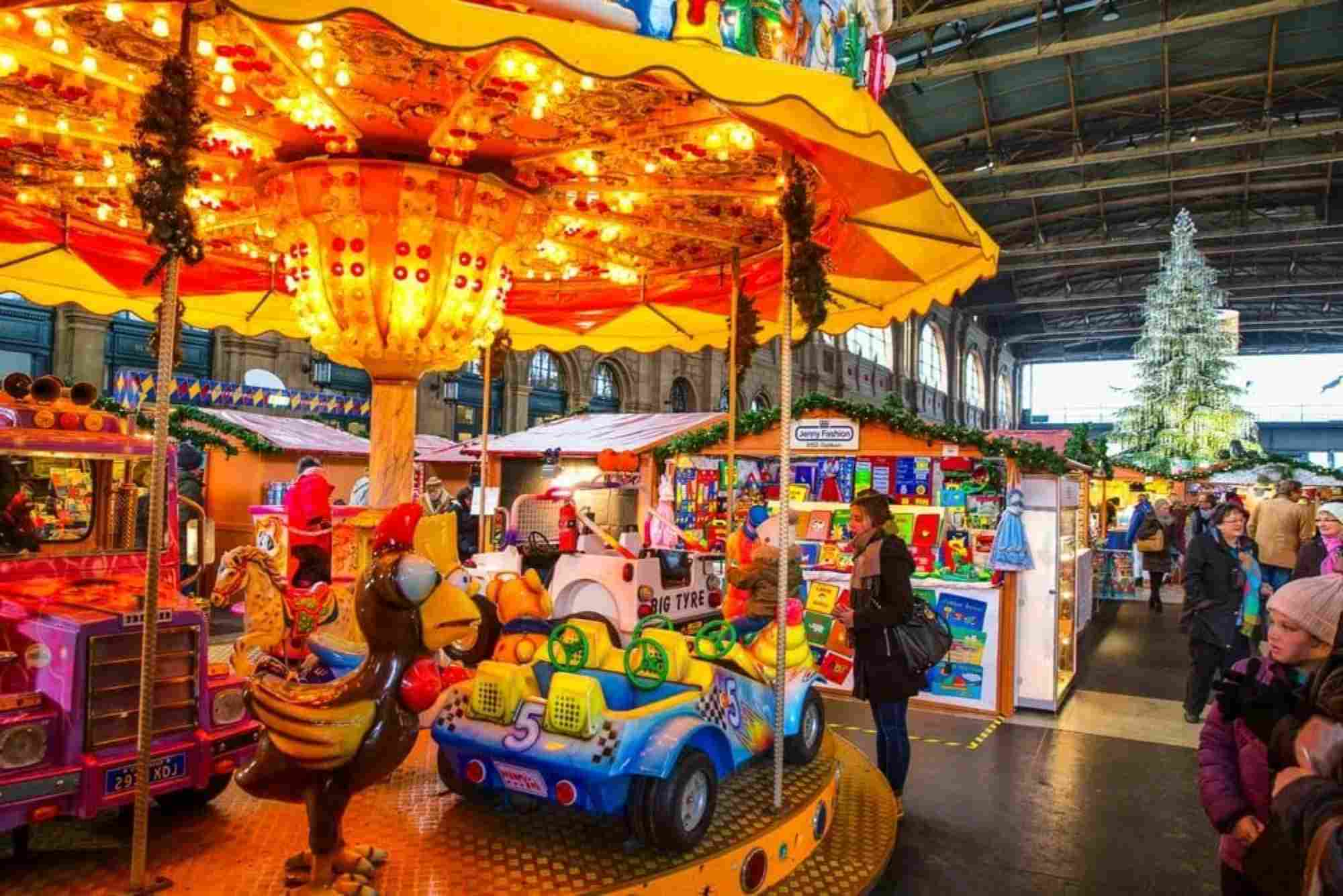Planning a trip today often feels rushed, crowded, and fast-paced. Many travelers return home tired, overwhelmed, and unsure whether they truly experienced anything at all. That is why learning how to plan a slow travel trip has become a powerful shift for modern travelers. Instead of racing through dozens of attractions, slow travel helps you enjoy fewer places more, while reconnecting with culture, people, and yourself. It prioritizes depth over speed, meaning you come home restored rather than drained.
Slow travel is not just a trend. It is a mindset rooted in presence, sustainability, and intention. Whether you’re designing a weekend getaway or a multi-month journey, embracing slow travel makes every moment more meaningful. This guide walks you through everything you need to know, including planning steps, real-world techniques, and expert strategies to truly savor your next adventure.
Understanding the Essence of Slow Travel
Slow travel centers around connection. Instead of checking off famous attractions, you choose experiences that feel personal and memorable. You might spend an entire morning at a neighborhood café, chat with a local vendor, or explore a small bookstore you stumble upon. Because you are not rushing, you notice things you would have otherwise missed.
This approach benefits both travelers and communities. You stay longer, spend more locally, and create a positive footprint rather than a hurried one. Many seasoned travelers say this style offers richer memories, deeper insights, and reduced stress.
Why Slow Travel Is Meaningful for Modern Travelers
The world today runs fast. Work demands grow, screens absorb every spare minute, and travel often becomes another task on a long list. Slow travel invites you to breathe again. It encourages intentional choices, like selecting a cozy family-run guesthouse over a chain hotel or taking a scenic train instead of a short flight.
Staying longer in one place also helps you understand local rhythms. You begin to recognize the pace of mornings, the way the afternoon light hits old buildings, and even the regulars at your favorite corner café. These subtle details often create the most vivid memories.
How to Plan a Slow Travel Trip from Start to Finish
Learning how to plan a slow travel trip begins with one important mindset shift. You choose depth, not distance. This single decision sets the tone for the entire journey.
Choosing a Destination That Supports Slow Travel
The best slow travel destinations are not always the most popular or crowded. Instead, they are places where walking is easy, local culture is accessible, and the pace of life feels authentic. You might choose a small town, a mid-sized city, or even a quiet region away from major tourist hubs.
Because you stay longer, consider places with comfortable weather, simple transportation, and neighborhoods that encourage wandering. Many travelers discover that lesser-known regions often offer the most genuine experiences.
Deciding How Long to Stay
Slow travel works best when you stay long enough to settle in. Rather than hopping between many destinations, choose one or two and give yourself the gift of time. Longer stays reduce stress, cut travel fatigue, and let you build a richer relationship with the place.
A good rule is staying at least one week in each location. If possible, two weeks offer even greater immersion. The goal is not to rush through itinerary items but to live your days as if you were a temporary local.
Finding Slow and Meaningful Accommodations
Where you stay shapes how you experience a place. Slow travel values character and connection over convenience alone. That means choosing boutique hotels, guesthouses, eco-lodges, or short-term rentals that reflect local life.
Pick accommodations within walking distance of cafés, bakeries, markets, and community spaces. This reduces transportation needs and helps you form instant micro-routines, like grabbing a daily coffee from the same friendly barista or walking a familiar route home.
Creating a Flexible Itinerary
Rigid schedules limit discovery. In slow travel, you create a gentle plan but leave room for spontaneity. Instead of filling every hour, you choose a few meaningful activities and allow the rest to unfold naturally. This flexibility leads to unexpected moments, like an impromptu conversation with a shop owner or a hidden courtyard you stumble upon while exploring.
A good slow travel itinerary includes a simple structure. You might plan one activity per day while leaving space to wander, rest, or follow local recommendations. You do not aim to see everything; you aim to experience what matters.
Embracing Local Transportation
Slow travel encourages you to move like a local. Trains, bicycles, ferries, or even long walks help you see landscapes from a more human perspective. These slower modes of travel reduce stress, offer better views, and support sustainability.
Many travelers find that using local transportation enhances their connection to the place. You observe morning commuters, overhear snippets of daily life, and often access areas far from typical tourist paths.
Developing Richer Daily Routines
One of the most beautiful aspects of slow travel is the creation of small rituals. These routines anchor your days and help you feel at home. You might take a morning walk, enjoy a favorite pastry shop, or read a book in the same park bench each afternoon.
These simple rhythms offer familiarity, comfort, and joy. They also help you notice the subtle details that define the true essence of a destination.
Practical Tips for Living the Slow Travel Mindset
Slow travel is not only about where you go but how you behave once there. Practicing presence is essential. This means putting your phone away, listening more deeply, and allowing yourself to be fully absorbed in your surroundings.
It helps to seek experiences that connect you with others. Talk to a local chef, join a guided workshop, or attend a neighborhood event. Even small interactions enrich your journey and create stories you remember long after you return home.
Slow travel also encourages mindful spending. Choosing local markets over tourist shops supports the community and gives you access to fresh How to Plan a Slow Travel Trip (Enjoy Fewer Places More) , regional ingredients. Cooking simple meals in your accommodation can also be a wonderful way to unwind after a full day.
Common Mistakes to Avoid When Planning a Slow Travel Trip
Many new slow travelers accidentally fall into old habits. Overplanning is the most common mistake. Filling each day with too many activities creates stress and leaves little room for organic discovery.
Another mistake is choosing destinations that require long transit times between sites. Slow travel works best when everything you need is close. You should be able to walk or take short rides to most places.
Packing too heavily can also complicate your journey. Traveling light allows you to move freely and settle into your space without clutter. A simple wardrobe and minimal essentials help you focus on experiences rather than logistics.
Building Emotional Connection with Places You Visit
The heart of slow travel lies in forming genuine emotional bonds with a place. This happens when you allow yourself to be curious, open, and present. Instead of racing from landmark to landmark, How to Plan a Slow Travel Trip (Enjoy Fewer Places More) sit quietly and observe local life. Notice the sounds, smells, and rhythms around you.
Try to learn a few local phrases or understand cultural customs. These small efforts show respect and help you connect more deeply with the community. When you approach each moment with humility and gratitude, your journey becomes richer and more meaningful.
Incorporating Reflection into Your Travel Days
Reflection enhances slow travel by helping you savor what you’ve experienced. Spend a few minutes journaling in the evening or take a quiet walk as the day ends. Reflect on the people you met, the food you tasted, and the moments that surprised you.
This practice turns memories into lasting insights. It also helps you understand what makes travel meaningful to you personally.
Internal Links Added Naturally
While reading about slow travel, you may also find it useful to explore related insights such as the ideas found in “anchor text one”, which you can explore through “internal link one”. You can also deepen your understanding by visiting “anchor text two”, located at “internal link two”. For additional context on mindful journeying, the resource “anchor text three” available at “internal link three” offers helpful guidance.
Start Planning Your Slow Travel Journey Today
Learning how to plan a slow travel trip is a gift to yourself. By choosing depth over speed, you give each moment more importance. You connect with places, people, and cultures on a deeper level. You also enjoy a calmer, more restorative travel experience that stays with you long after you return home.
FAQs (People Also Ask)
What does slow travel really mean?
Slow travel means prioritizing meaningful experiences over rushing through attractions. You stay longer, explore fewer places, and immerse yourself deeply in local culture and daily life.
How many days do you need for a slow travel trip?
A slow travel trip works best when you spend at least a week in one place. Longer stays create deeper connections and reduce travel fatigue.
Is slow travel more expensive?
Slow travel can be less expensive because you avoid constant transportation costs and often stay in local accommodations for extended periods, which are usually more affordable.
How can I make my travel feel less rushed?
Give yourself more time in each destination, reduce packed itineraries, and create loose schedules that allow exploration at your own pace.
Why is slow travel becoming more popular?
People are seeking meaningful experiences, reduced stress, and authentic cultural exchanges. Slow travel offers a deeper, more fulfilling way to explore the world.




